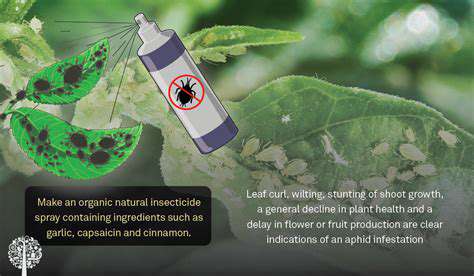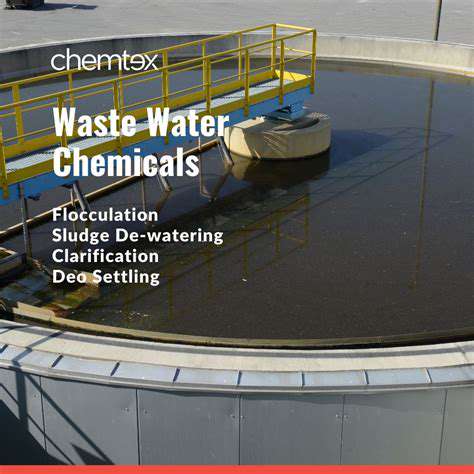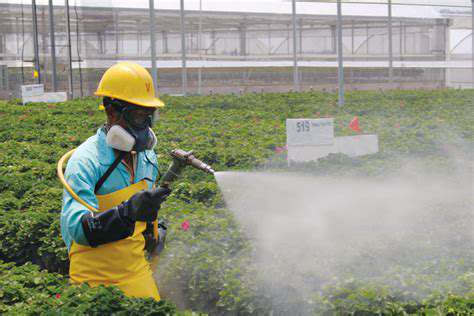How to Deal with Aphids on Your Plants
Cultural Practices to Prevent Aphid Infestations

Traditional Pest Control Methods
Many cultures have long histories of using natural methods to control aphids. Farmers and gardeners in various parts of the world have relied on beneficial insects, like ladybugs and lacewings, to keep aphid populations in check. These methods often involve creating habitats that attract these beneficial insects, such as planting flowering plants that provide food and shelter.
Understanding the local ecosystem is crucial for successful implementation of these methods. Careful observation of the natural predators and their prey cycles will help determine the most effective strategies for aphid control in a specific region.
Crop Rotation and Companion Planting
Rotating crops can help disrupt the life cycle of aphids by reducing their food supply. Planting different crops in a sequence can also help reduce the number of aphid infestations. This method is effective because aphids often specialize in feeding on specific plants, so changing the types of plants in the field can limit their access to food sources.
Companion planting, the practice of growing specific plants together, can also be an effective way to control aphids. Some plants, such as marigolds, have a natural repellent effect on aphids. Planting these companion plants near susceptible crops can help to deter aphids from settling and feeding.
Biological Control Agents
Utilizing natural enemies of aphids, such as parasitic wasps or ladybugs, is a crucial aspect of biological control. These beneficial insects prey on aphids, significantly reducing their populations without the need for harmful pesticides.
Traditional Farming Techniques
Traditional farming techniques often incorporate practices that indirectly discourage aphid infestations. These practices might include proper soil management, which ensures healthy plant growth and robust plant resistance. By promoting strong plant health, the plants are less susceptible to infestations.
These methods often focus on promoting overall ecosystem health, which can lead to a reduction in aphid populations.
Maintaining Plant Health
Ensuring robust plant health is fundamental to preventing aphid infestations. Strong, healthy plants are better equipped to resist aphid attacks and recover from initial infestations. Maintaining optimal growing conditions, including appropriate watering and fertilization, is key to a healthy plant that can better withstand pests.
Regular monitoring and early detection are also important to prevent widespread infestations. Early intervention can help to manage the problem before it becomes a significant issue.
Using Physical Barriers
Physical barriers can be used to prevent aphids from reaching the plants. This might include using row covers, netting, or barriers to physically block the aphids from accessing the plants. These methods are particularly effective for protecting young seedlings or sensitive crops. This method is straightforward and can be highly effective for specific situations.
The effectiveness of physical barriers depends on the scale of the infestation and the type of plants being protected.
Cultural Practices in Integrated Pest Management
Integrating these cultural practices into an overall Integrated Pest Management (IPM) strategy can be a highly effective approach to aphid control. IPM strategies often involve combining multiple methods to manage pests in a sustainable and environmentally friendly way. Using a combination of natural predators, crop rotation, and physical barriers, alongside other cultural practices, can create a holistic approach to aphid management.
Sustainable agriculture practices prioritize the health of both the environment and the crops. By using these methods, farmers can implement a sustainable approach to managing aphids.
Chemical Treatments: A Last Resort for Severe Infestations

Chemical Treatments: Understanding the Options
Chemical treatments, often a last resort in pest control, involve the application of various chemicals to eliminate or control unwanted pests. These chemicals, carefully selected and applied, can be effective in targeted situations, but their use should always be approached with caution due to potential environmental and health implications. Understanding the specific chemical properties and potential risks is crucial for responsible application. A thorough assessment of the situation is essential to determine if chemical treatments are truly necessary and if alternative methods might be more appropriate.
Different types of chemicals are used for various pests, each with varying degrees of effectiveness and potential side effects. Thorough research and consultation with qualified professionals are imperative before implementing chemical treatments. This allows for a more informed decision, minimizing potential negative consequences.
Environmental Considerations
The environmental impact of chemical treatments is a critical factor to consider. While some chemicals might appear to be effective, their long-term effects on the surrounding ecosystem can be significant. Chemicals can potentially contaminate water sources, harm beneficial insects, and disrupt the natural balance of the environment. Careful consideration must be given to the potential consequences beyond the immediate problem area.
Responsible application methods and the use of environmentally friendly alternatives should always be explored before resorting to chemical treatments. Minimizing the amount of chemical used and ensuring proper disposal of any leftover chemicals are crucial steps in mitigating environmental damage.
Health Risks and Safety Protocols
Chemical treatments, if not handled correctly, can pose significant health risks to humans, pets, and other living organisms. Inhalation, ingestion, or skin contact with these chemicals can lead to various health problems, ranging from mild irritation to more severe conditions. Adhering to strict safety protocols and personal protective equipment (PPE) is essential during application and disposal.
Proper ventilation, protective clothing, and eye protection are vital for minimizing exposure and preventing potential health issues. Always follow the manufacturer's instructions carefully for safe and effective use of any chemical treatment. Seek professional guidance when handling potentially hazardous chemicals. Consulting with a qualified professional is crucial for understanding the risks and implementing appropriate safety measures.
Alternatives to Chemical Treatments
Before resorting to chemical treatments, exploring alternative methods for pest control is highly recommended. These methods often focus on preventative measures and can be more environmentally friendly. Physical barriers, traps, and targeted interventions are examples of alternative approaches.
Natural pest control methods, such as introducing beneficial insects or using natural repellents, can often provide effective solutions without the risks associated with chemical treatments. These methods are often more sustainable and less harmful to the environment and human health, making them a more preferable option in many cases. Careful planning and implementation of these alternatives can often achieve the same results with significantly reduced risks. Implementing a comprehensive approach often results in a more sustainable and healthy environment.










